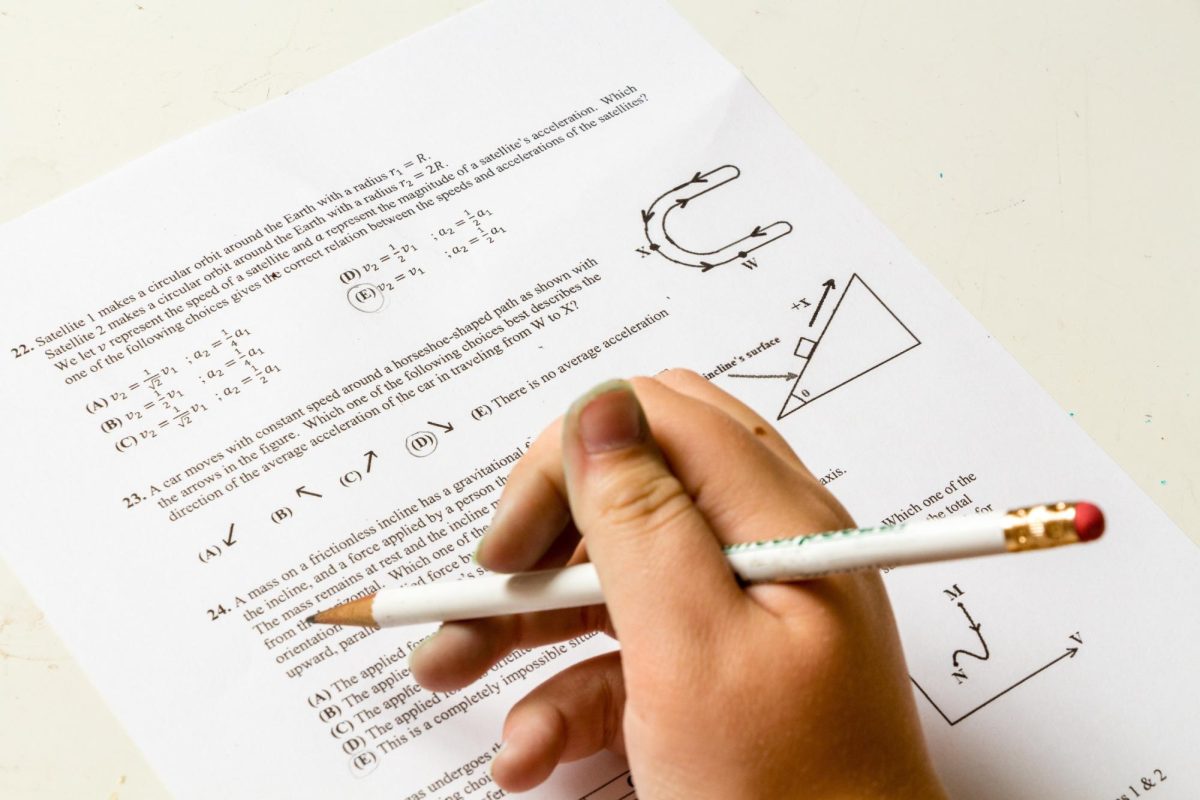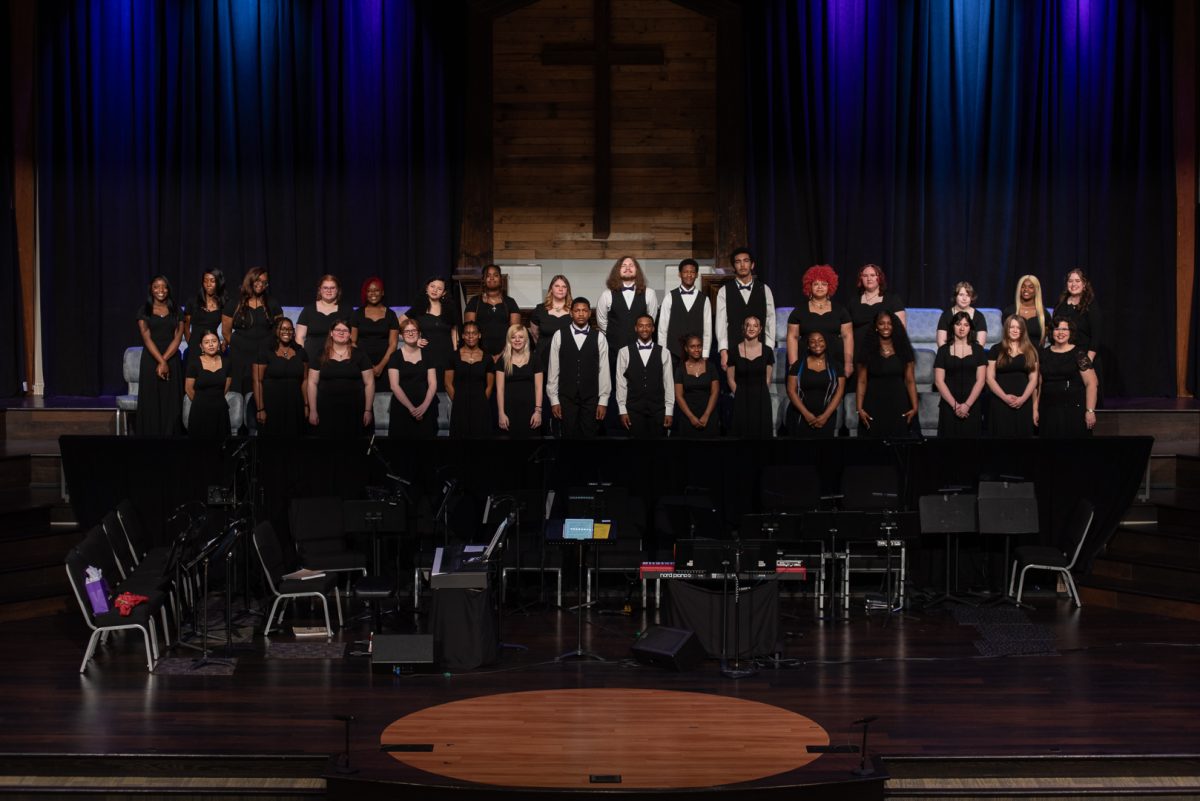Cheerleading, often associated with sports events and school spirit, has a rich history that dates back to the late 19th century. What began as a predominantly male activity evolved over the years to become predominantly female-dominated, reflecting the changing social norms and expectations.
The roots of modern cheerleading can be traced back to the 1880s, when the first organized cheerleading squad was formed at the University of Minnesota. The squad, consisting of six male students, was tasked with leading crowd cheers and chants at football games. Cheerleading remained a male activity until the early 20th century when women began to participate, leading to the formation of the first all-female cheerleading squad at the University of Minnesota in 1923.
Throughout the mid-20th century, cheerleading continued to evolve, with the introduction of stunts, pyramids, and tumbling, transforming it into a more athletic activity. The 1970s saw the emergence of competitive cheerleading, with teams competing in regional and national competitions. This shift towards competitive cheerleading further emphasized the athleticism and skill required, leading to the establishment of cheerleading as a sport in its own right.
Today, cheerleading is a widely recognized and respected sport, with millions of participants worldwide. It has evolved from its humble beginnings as a male-led activity to a predominantly female-dominated sport that showcases athleticism, teamwork, and spirit.







